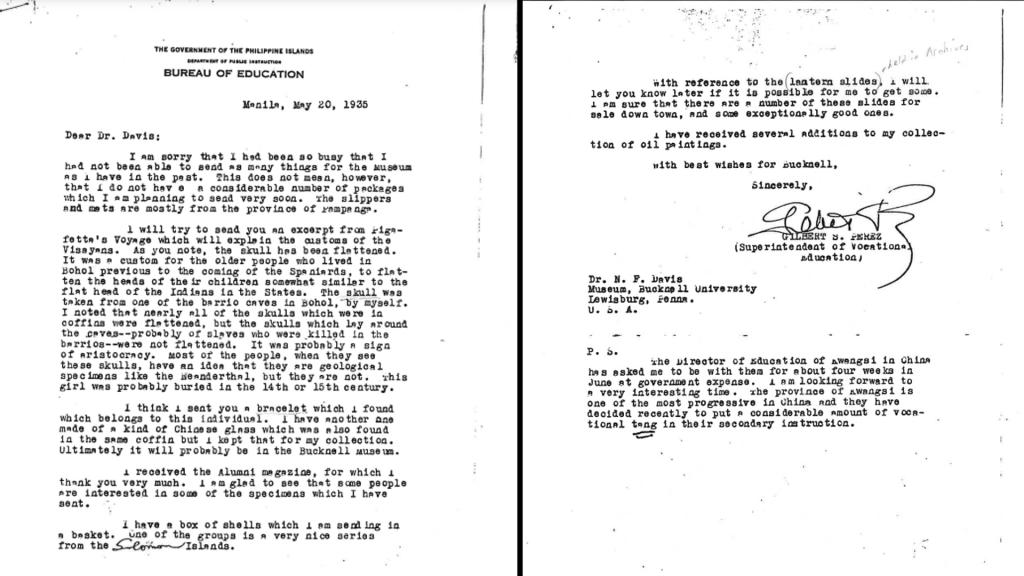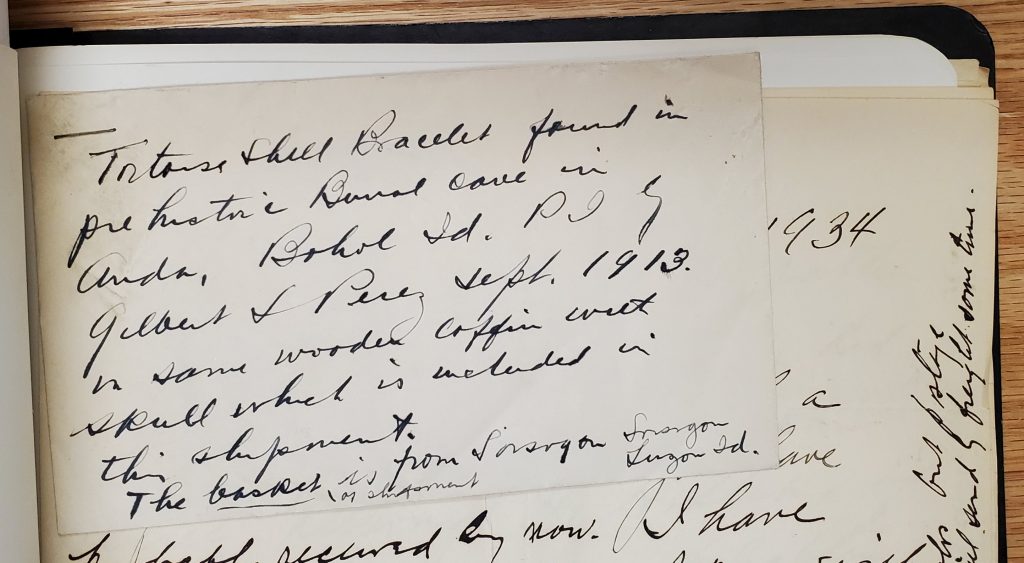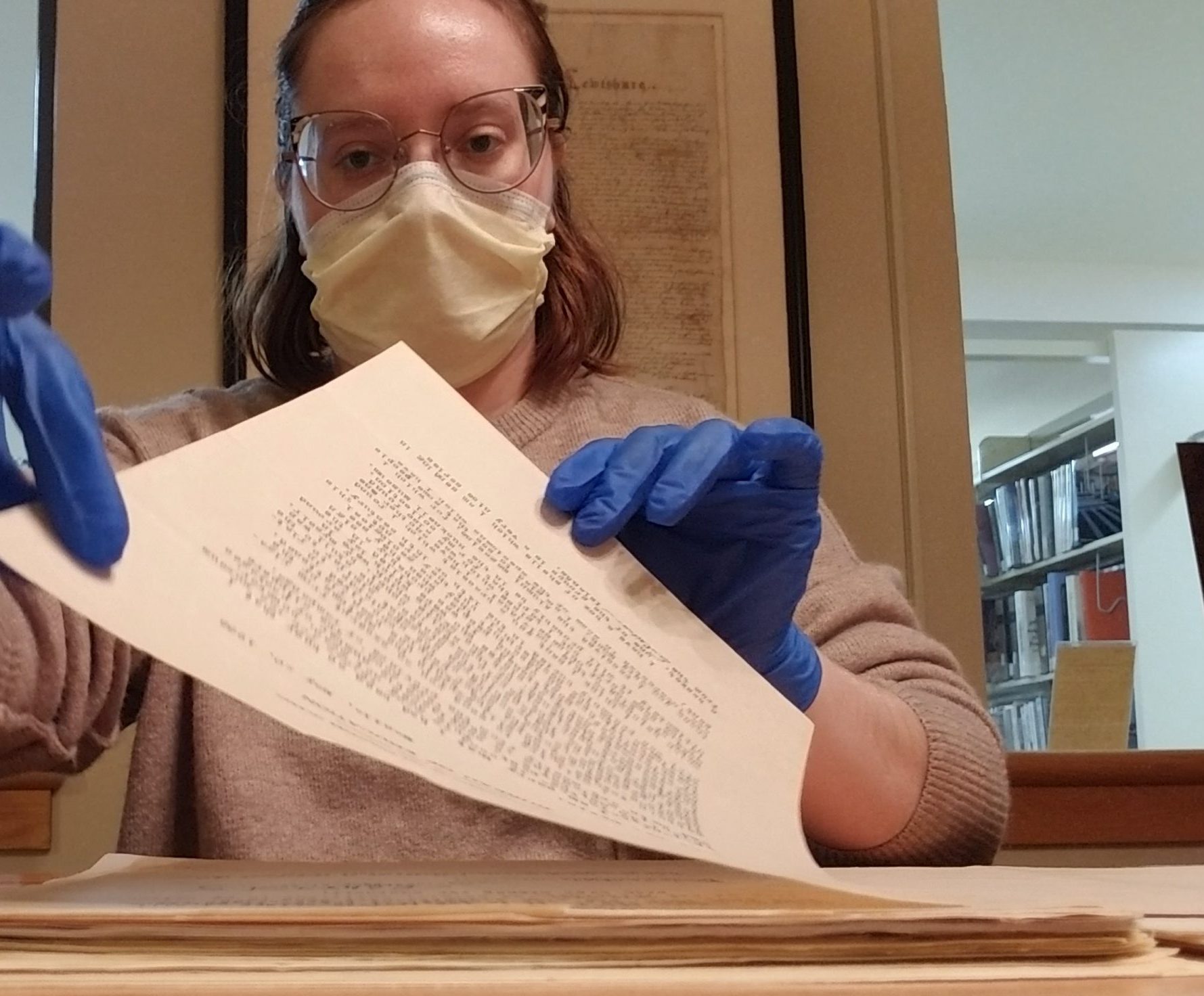From Black Panther to the Smithsonian Institute’s Benin Bronzes to the Parthenon Marbles at the British Museum, repatriation is being brought up more often in conversation, but it isn’t simply a buzz word or a trend; repatriation involves ethical decisions that sometimes challenge the very historical foundation of museums. American museums have collected objects from around the world and from a wide variety of cultures very early on (from Native America to global Indigenous populations) but these objects have sometimes been used to talk about a community, while excluding members of the community from interacting with their own material culture. Additionally, these disenfranchised or minoritized community members have been excluded from contributing cultural information that doesn’t come from a scholarly source, even though it’s first-hand or passed-down knowledge. The academy-geared focus of museums has prioritized academic knowledge over cultural knowledge, leading educational and interpretive information disseminated to the public have occasionally been false or biased since the information does not come from the culture but rather goes through another cultural lens. This can often lead to misinformation, stereotyping, and the sharing of sacred, personal, or otherwise confidential information without the consent of the community.
Museum professionals today inherit these collections and their ethical consequences, such as the exploitation of those communities whose heritage was stolen from them, they are facing the likelihood that their collections represent historic exclusions and global injustices. At the same time, they are finding that their current professional standards are founded upon historical ethnocentric practices. Repatriation work provides current and future museum workers with the space to acknowledge the ethnocentric and colonial histories of our institutions and work on establishing better, more ethical ways of engaging with the public and growing our collections.
But what is repatriation exactly? Repatriation is a means of returning something back from where it came and is a major step in decolonizing our institutions. In repatriating objects, museum professionals are able to often return the material culture or intellectual property back to the community by physically returning it or having its access controlled by the community. It’s acknowledging that not only does an institution have human remains and/or sacred objects in its collection, but it’s an examination of how and why something was collected and donated.
This is the case with the human skull in our collection.
In 2018, Samek Art Museum staff were moving and inventorying objects from one off-site storage location to another when they uncovered a broken human skull in a cardboard box. The object file consisted of a photocopy of a letter from a Dr. Gilbert Somers Perez to a Dr. Nelson Fithian Davis. Perez, the first to graduate from Bucknell University with a B.S. in Biology in 1907, had taken up a job with the United States Department of Education in the Philippines and spent his whole career there. Dr. Davis was his professor while at Bucknell; Davis was also the head of the Biology Department and Director of the then “Natural History Museum” (NHM) at Bucknell University. Sometime between 1913 and 1935, Perez went on a trip from Manila (the capital) to Anda, a town on the island of Bohol, when he broke into a coffin and detached the skull from the skeleton, breaking the skull as he did so. Why? That’s unclear, but we do know why it was donated to Bucknell.

Two-page letter sent to Dr. Davis from Perez in 1935 detailing how Perez acquired the skull (see second paragraph, left image), in collection of Special Collections/ University Archives, Ellen Clarke Bertrand Library, Bucknell University.
The research into why the skull came to Bucknell is the reason Memento exists, so it didn’t feel right to exclude it from the show entirely, but it didn’t feel right to display the skull, either. In Memento: Museums & Their Dealings with the Dead, the skull is “displayed” by using an empty pedestal (except a photograph of the envelope (added below)) to take up physical space in the exhibition while remaining respectful of the individual.
In 1932 the NHM was located in Old Main (present-day Roberts Hall). In August of that year, Old Main caught fire and most of the collection of the NHM was lost. The skull was delivered in 1935 to Dr. Davis who made it part of the new collection. Additionally, Perez sent a tortoiseshell bracelet from the same grave to Davis ahead of the skull, according to the letter and a small envelope found in Special Collections/ University Archives (SCUA).

“Tortoise shell Bracelet found in prehistoric Burial cave in Anda, Bohol Id. PI by Gilbert S. Perez Sept. 1913, in the same burial wooden coffin with skull which is included in this shipment” is written on the exterior of small envelope held in Special Collections/ University Archives, Ellen Clarke Bertrand Library, Bucknell University.
With this information, Samek staff contacted the Philippine Embassy in Washington D.C. to see who we needed to contact in the Philippines to return the skull. They put us in contact with the National Museum of the Philippines who is currently working on legal paperwork to officially transfer ownership back to a Philippine agency or institution. As of March 2022, this is as far as we have gotten in returning the skull.
In our continued research – thanks to our BU and Lewisburg community – we’re also looking into the Memorandum of Understanding signed between the United States and Peru in 1997, outlining the need for us to return six objects from our collection to Peru.
We’ll keep you updated on further developments regarding the repatriation of any objects from our collection.

